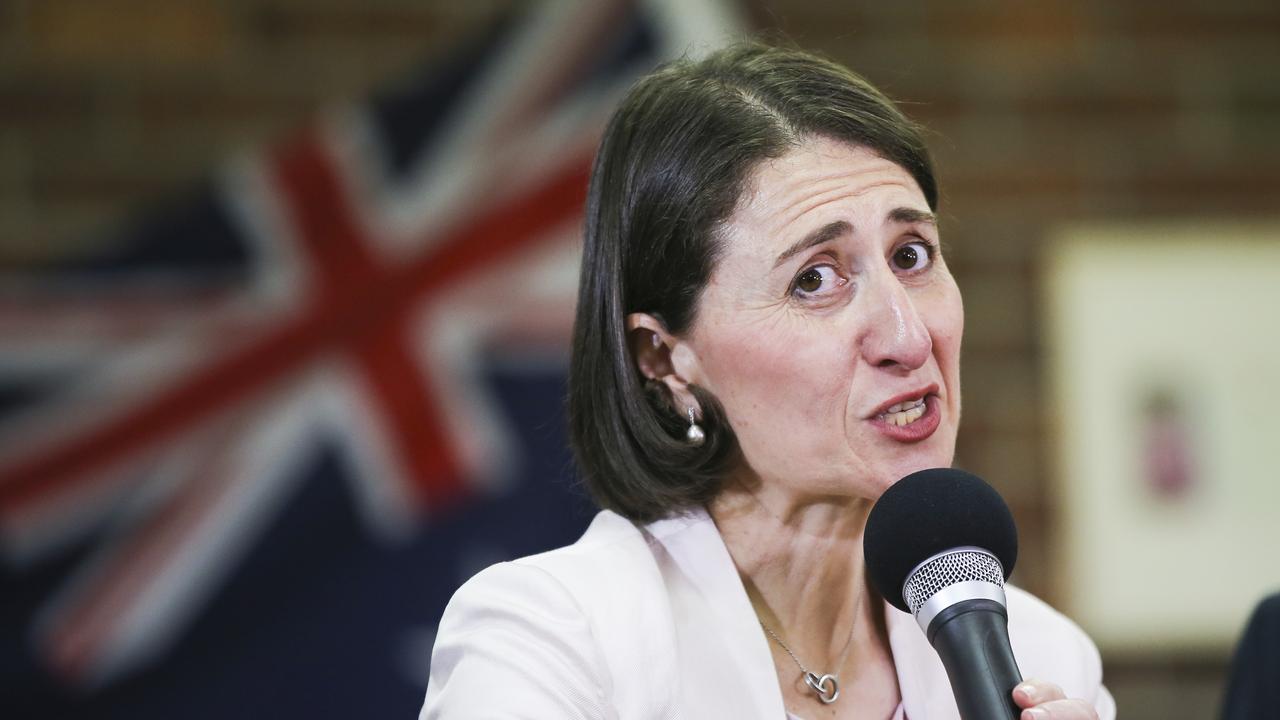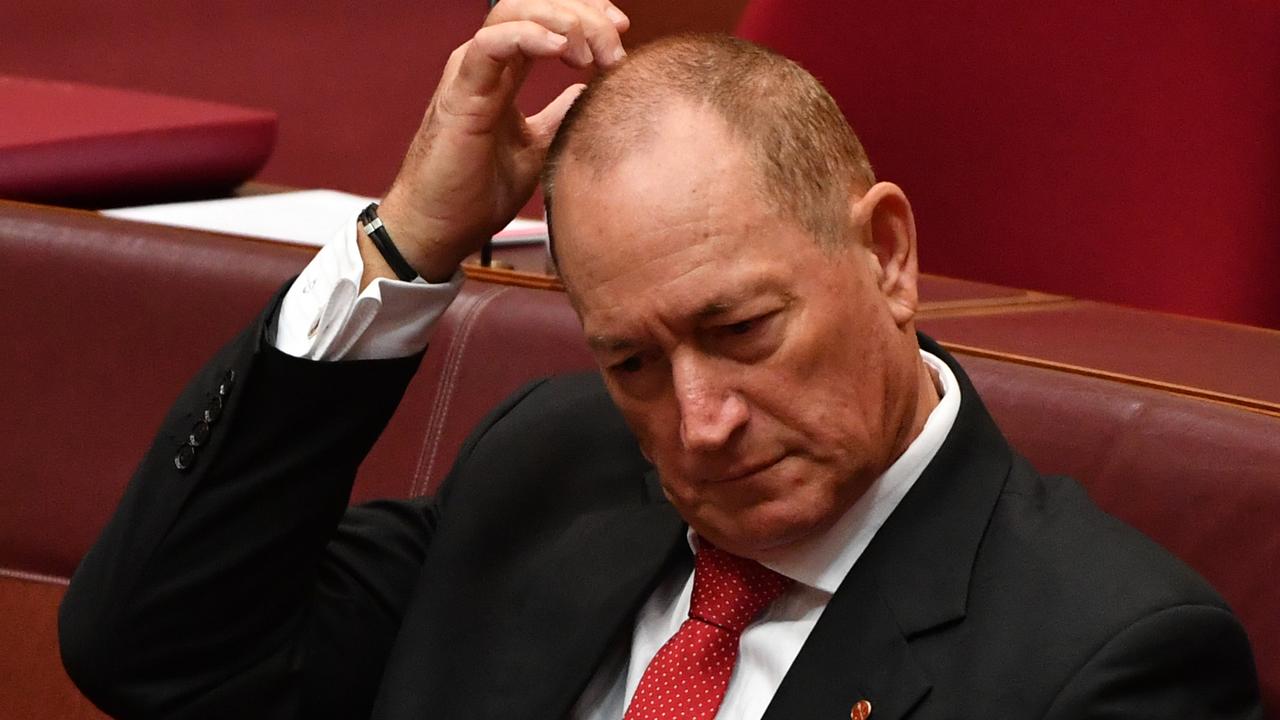While one royal commission has attracted the big headlines, there is another going more quietly about its business.
The Royal Commission into Institutional Responses into Child Sex Abuse has barely rated a mention in news items recently until earlier this week when Bishop Geoffrey Robinson gave evidence.
Bishop Robinson was part of a group of senior clerics who developed the Church’s Towards Healing program for victims of clerical child sex abuse. His evidence contained criticisms of Cardinal George Pell and Pope John Paul II.
Naturally these criticisms became the stuff of headlines, the preoccupation with gotcha journalism being what it is but the media continues to miss the very obvious story and it is far more scandalous and far more troubling to contemplate.
Bishop Robinson’s evidence contained a story of an offending priest from the 1960s.
The police became involved, and the decision was made to “get him out of the state and the priesthood,” Bishop Robinson said.
“At best it was outside of the law, at worst it was contrary to the law,” Bishop Robinson said of the decision.
“They simply decided they knew the facts ... and they acted.”
I know no more about this case than was contained in media reports but those three sentences scream the question: why was this priest not charged?
The effect of moving this priest on was to set him loose on a new parish and a new set of victims.
It is a familiar story and the habit of moving offending priests on to new communities and unsuspecting victims rather than bringing them to justice contributed substantially to what can best be described as an epidemic of clerical child sex abuse.
The media focus remains on the Church and its principal members while few consider the profound deficiencies of police in investigating clerical child sex abuse.
I have railed on this topic for some time. I have an intimate knowledge of one particular matter that was detailed in the book “Unholy Trinity” I co-authored with Denis Ryan. Ryan is a former Victoria Police detective who attempted to bring a prolific paedophile priest, Monsignor John Day, to justice in 1972 and came off second best.
On my estimate, Day committed offences against 500 or more children in his 14 years at Mildura. Prior to that he’d been shanghaied around the Ballarat diocese — Apollo Bay, Ballarat, Horsham, Colac, Beech Forest, Ararat. It’s not unusual for a priest to be moved around but in Day’s case, his movements invariably coincided with reports from concerned parents.
He was an active paedophile for 50 years.
I interviewed one victim who, as a 12-year-old boy living in Apollo Bay, was raped on 30 separate occasions by Day while Day was the parish priest in Mildura. Day would take time off from his priestly duties in Victoria’s northwest and drive down to his old parish and rape children. He boasted to his victim that he was merely one of “his boys” around the diocese.
It was evil virtually beyond belief and it only happened because Day knew and understood that he would never be brought to account for his crimes. When the protests and the scandals built up in one parish, he was quietly moved on and often with a promotion. While he was in Mildura, Day was made a Monsignor — one step away from sporting a bishop’s beretta.
That there was knowledge within the diocese of his crimes almost goes without saying. But the police knew too. The most senior detective in Mildura at the time, Detective Sergeant Jim Barritt, ran a protection racket for Day. When complaints were made to police, Barritt would stand over parents to ensure the complaints did not proceed.
That changed when Ryan was called upon by the headmistress of St Joseph’s College, Mildura, Sr Pancatius, and a senior teacher, John Howden, who made a formal report of Day’s sexual assault of a female student at the school in 1971. Ryan began to investigate Day, out of sight of Day’s protector, Detective Sergeant Barritt.
Every victim Ryan encountered who provided a statement alleging sexual assault at the hands of Day also offered the names of other victims. In the course of four months Ryan obtained 12 statements from victims and says he could have got 100 more before his investigation was shut down by a shadowy group who operated at very senior levels of Victoria Police.
In the dark parlance of police, that group was known as “the Catholic Mafia”. We know it existed because a decade before his investigation of Day, Ryan was asked to join it. Ryan was approached by a more senior detective, Fred Russell and told, “There is a group of us who, at the request of the Cathedral, intervene where priests have been charged to see if we can have the matters dropped or dismissed.”
Ryan was and remains a devout Catholic, a man of unwavering faith. As such he was considered a prime target for enlistment. Ryan thought the group was involved in making traffic offences or perhaps minor public order matters disappear. Still, he didn’t like the sound of it and knocked Russell’s invitation back.
Russell would go on to become a Chief Superintendent and head of the CIB. And there was the Don of the Catholic Mafia, the Chief Commissioner’s special investigator, Chief Superintendent John “Baton Jack” O’Connor.
O’Connor came up to Mildura from Melbourne. At first he thought he could smother Ryan’s investigation by offering him a promotion. Ryan wouldn’t have a bar of it so O’Connor took charge of the investigation and killed it off. It was nothing short of a criminal conspiracy.
Ryan was forced out of his job, ostracised by his colleagues, vilified by senior police and left to confront the demons of anxiety and panic that afflict him to this day while the community struggles to confront its dark past.
Day was not charged. No further inquiries were made. Day was removed from the parish by Bishop Mulkearns and ultimately placed in the tiny parish of Timboon in Victoria’s southwest where he remained until he died unrepentant and unpunished in 1978.
Upon his death, Day was lavishly eulogised by the Ballarat diocese’s then Bishop, Ronald Mulkearns despite Mulkearns having knowledge of Day’s serious crimes.
I’ve walked the streets of Mildura with Ryan and the nods, smiles and g’day mates he receives along the way are a form of tribute; an acknowledgment the community understands Ryan had their backs when it counted. There is sadness, too, that neither party was able to do what needed to be done.
Although we became aware of other older interventions, Ryan’s experience was perhaps the most outrageous from this shadowy group. We were only able to trace the group’s influence forward to the late 1970s when a young police officer tried to charge a local priest with refusing a breathalyser. An Area Superintendent wanted to have the charges dropped but the young copper would not let the matter rest. In fear his career would be abruptly terminated, the young cop eventually accepted a transfer. The priest was not charged.
We do not know at what point this group’s influence finally diminished or indeed if it continues to exist in some form today. The sectarianism rife in the force has now largely gone. I have no doubt things are better now than they were when Denis Ryan was a detective in the Victoria Police.
Nevertheless, the extent of collusion and conspiracy between the Church and police must become a significant part of the Royal Commission’s investigations.
It is important not as an historical curiosity but because had Day been charged in 1972, the Church would have had to confront the scandal of its offending priests two decades before it finally was forced to do so.
Seven years after O’Connor and his group jumped on the investigation of Day, Michael Glennon became the first priest convicted on child sex offences in Victorian history. From all reports the investigation was an especially difficult one for the investigating officer. In the end Glennon went down but it would take another 13 years before the second priest was convicted – the notorious Gerald Ridsdale in a period where clearly there was a lot of offending going on.
In other words, 20 years of victims being set upon by priests like Ridsdale who committed their crimes in the belief they would never face judgment at least not on this earth.
Unholy Trinity was published more than two years ago and stands as a permanent record of Denis Ryan’s struggle to see the paedophile priest, John Day brought to book. Not one event, date or incident has been questioned by Victoria Police or the Catholic Church.
Now 83, Denis Ryan says that when he was called upon he merely did his job. Sadly none of his colleagues did theirs. But the truth is coming and with it the hope of vindication for Ryan and exposure of those who so fundamentally and so disgracefully failed the public they purported to serve.



